Observed by Hindus 2017 Date 30 September 2017 | 2018 date 18 Oct, Thu Type of holiday Religious celebration | |
 | ||
Significance Celebrates the victory of good over evil Also called Dussehra, Dasara, Navratri, Pranay Similar Raksha Bandhan , Diwali , Karva Chauth | ||
Hindu festivals history of vijayadashami in telugu with animation
Vijayadashami (Sanskrit: विजयदशमी), also known as Dussehra (Sanskrit: दशहरा), is a major Hindu festival celebrated at the end of Navratri every year. It is observed on the full moon day in the Hindu Calendar month of Ashvin, which typically falls in the Gregorian months of September and October.
Contents
- Hindu festivals history of vijayadashami in telugu with animation
- Etymology and nomenclature
- Northern India
- Himachal Pradesh
- Southern India
- Western India
- Eastern India
- Nepal
- References
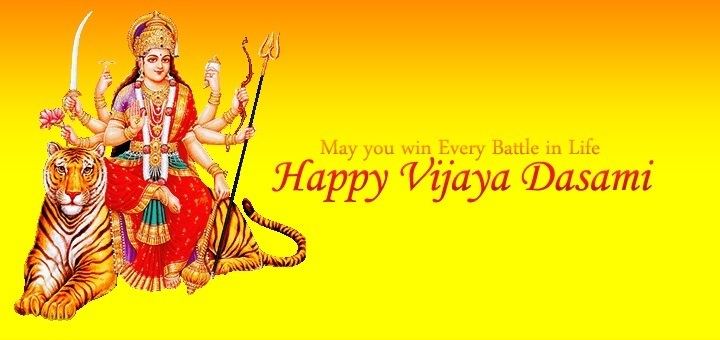
Vijayadasami is observed for different reasons and celebrated differently in various parts of the Indian subcontinent. In the eastern and northeastern states of India, Vijayadashami marks the end of Durga Puja, remembering goddess Durga's victory over the buffalo demon to help restore Dharma. In the northern, southern and western states, the festival is synonymously called Dussehra (also spelled Dasara, Dashahara). In these regions, it marks the end of "Ramlila" and remembers god Rama's victory over the demon Ravana, or alternatively it marks a reverence for one of the aspects of goddess Devi such as Durga or Saraswati.
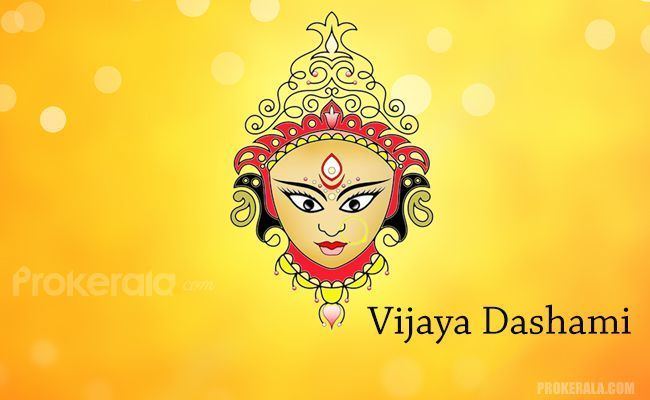
Vijayadasami celebrations include processions to a river or ocean front that carry clay statues of Durga, Lakshmi, Saraswati, Ganesha and Kartikeya, accompanied by music and chants, after which the images are immersed into the water for dissolution and a goodbye. Elsewhere, on Dussehra, the towering effigies of Ravana symbolizing the evil is burnt with fireworks marking evil's destruction. The festival also starts the preparation for one of the most important and widely celebrated Diwali, the festival of lights, which is celebrated twenty days after the Vijayadashami.

Etymology and nomenclature
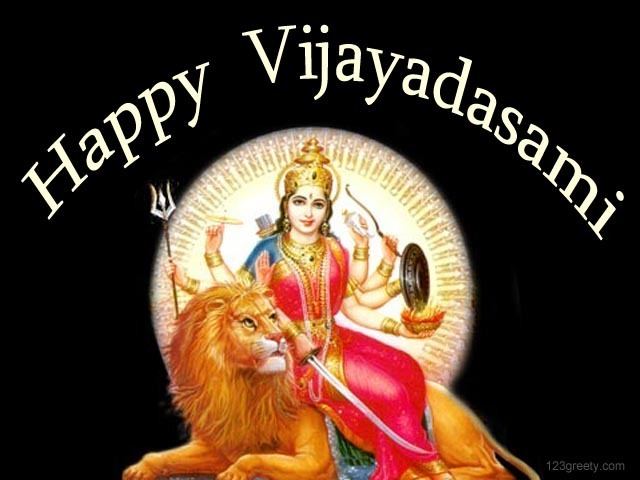
Vijayadashami is a composite of two words "Vijaya" and "Dashami", which respectively mean "victory" and "tenth", connoting the festival on the tenth day celebrating the victory of good over evil. The same Hindu festival-related term, however, takes different forms in different regions of India and Nepal, as well as among Hindu minorities found elsewhere.

According to James Lochtefeld, the word Dussehra is a variant of Dashahara which a compound Sanskrit word meaning "ten days". According to Monier Williams, Dus (दुष्) meaning "bad, evil, sinful" and Hara (हर) means "removing, destroying", connoting "removing the bad, destroying the evil, sinful".
Northern India
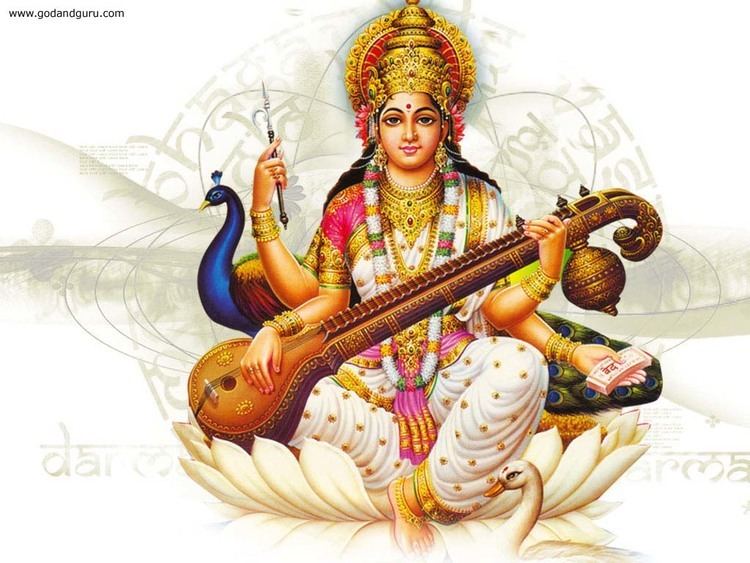
In most of northern and western India, Dasha-Hara (literally, "ten days") is celebrated in honour of Rama. Thousands of drama-dance-music plays based on the Ramayana and Ramcharitmanas (Ramlila) are performed at outdoor fairs across the land, in temporarily built staging grounds featuring effigies of demons Ravana, Kumbhakarna and Meghanada are held. The effigies are burnt on bonfires in the evening of Vijayadashami-Dussehra. While Dussehra is observed on the same day across India, the festivities leading to it varies. In many parts, the "Ram Lila", or the brief version of the story of Rama, Sita and Lakshamana is enacted over 9 days before it, but in some cities such as Varanasi, the entire story is freely acted out by performance artists before public every evening for a month.
The performance Arts tradition during the Dussehra festival was inscribed by UNESCO as one of the "Intangible Cultural Heritage of Humanity" in 2008. The festivities, states UNESCO, include songs, narration, recital and dialogue based on the Hindu text Ramacharitmanas by Tulsidas. It is celebrated across northern India for Dussehra, but particularly in historically important Hindu cities of Ayodhya, Varanasi, Vrindavan, Almora, Satna and Madhubani – cities in Uttar Pradesh, Utarakhand, Bihar and Madhya Pradesh. The festival and dramatic enactment of the virtues versus vices filled story is organized by communities in hundreds of small villages and towns, attracting a mix of audience from different social, gender and economic backgrounds. In many parts, the audience and villagers join in and participate spontaneously, some helping the artists, others helping with stage set up, create make-up, effigies and lights. These arts come to a close on the night of Dussehra, when the victory of Rama is celebrated by burning the effigies of evil Ravana and his colleagues.
Himachal Pradesh
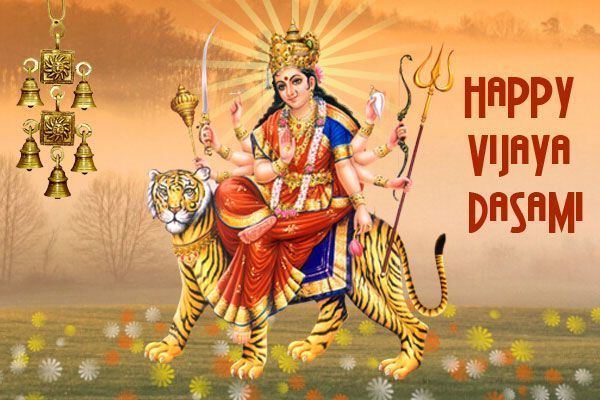
Kullu Dussehra is celebrated in the Kullu valley of Himachal Pradesh, and is regionally notable for its large fair and parade witnessed by estimated half a million people. The festival is a symbol of victory of good over evil by Raghu Nath, and is celebrated like elsewhere in the Indian subcontinent with a procession. The special feature of the Kullu Dussehra procession is the arrival of floats containing Deities from different parts of the nearby regions and their journey to Kullu.
Southern India
Vijayadasami is celebrated in a variety of ways in South India. Celebrations range from worshipping Durga, lighting up temples and major forts such as at Mysore, to displaying colorful figurines, known as a golu.
The festival played a historical role in the 14th-century Vijayanagara Empire, where it was called Mahanavami. The Italian traveller Niccolò de' Conti described the festival's intensity and importance as a grandeur religious and martial event with royal support. The event revered Durga as the warrior goddess (some Texts refer to her as Chamundeshwari). The celebrations hosted athletic competitions, singing and dancing, fireworks, a pageantry military parade and charitable giving to the public.
The city of Mysore has traditionally been a major center of Dussehra-Vijayadashami celebrations.
Another significant and notable tradition of several South Indian regions has been the dedication of this festival to Saraswati, the Hindu goddess of knowledge, learning, music and arts. She is worshipped, along with instruments of one's trade during this festival.
Western India
In Maharashtra, the deities installed on the first day of Navratri are immersed in water. Observers visit each other and exchange sweets.
The festival holds historical significance in Maharashtra, tracing back to the 17th century when Shivaji, a prominent figure who established a Hindu kingdom in western and central India, directly challenged the Mughal Empire. Recognizing the importance of agriculture for the sustenance and prosperity of his kingdom, Shivaji mobilized his soldiers to support local farmers. This assistance included helping with the cultivation of lands and enhancing irrigation systems, thereby ensuring a stable food supply for the region. Post monsoons, on Vijayadashami, these soldiers would leave their villages and reassemble to serve in the military, re-arm and obtain their deployment orders, then proceed to the frontiers for active duty.
In Gujarat, both goddess Durga and god Rama are revered for their victory over evil. Fasting and prayers at temples are common. A regional dance called Dandia Ras, that deploys colorfully decorated sticks, and Garbha that is dancing in traditional dress of women are a part of the festivities through the night.
In Mewar region of Rajasthan, both Durga and Rama have been celebrated on Vijayadashami, and it has been a major festival for Rajput warriors.
Eastern India
Vijaya Dasami is observed after Navratri, on the tenth day, marked by a great procession where the clay statues are ceremoniously walked to a river or ocean coast for a solemn goodbye to Durga. Many mark their faces with vermilion (sindoor) or dress in something red. It is an emotional day for some devotees, and the congregation sings emotional goodbye songs. When the procession reaches the water, Durga is immersed, the clay dissolves, and she is believed to return to Mount Kailasha with Shiva and cosmos in general. People distribute sweets and gifts, visit their friends and family members. Some communities such as those near Varanasi mark the eleventh day, called ekadashi, by visiting a Durga Temple.
Nepal
In Nepal, Vijayadashami follows the festival of Dashain. Youngsters visit the elders in their family, distant ones come to their native homes, and students visit their school teachers. The elders and teachers welcome the youngsters, mark their foreheads with Tilak and bless them. The family reveres the Hindu goddess of wealth Lakshmi, hoping for virtuous success and prosperity in the year ahead.
